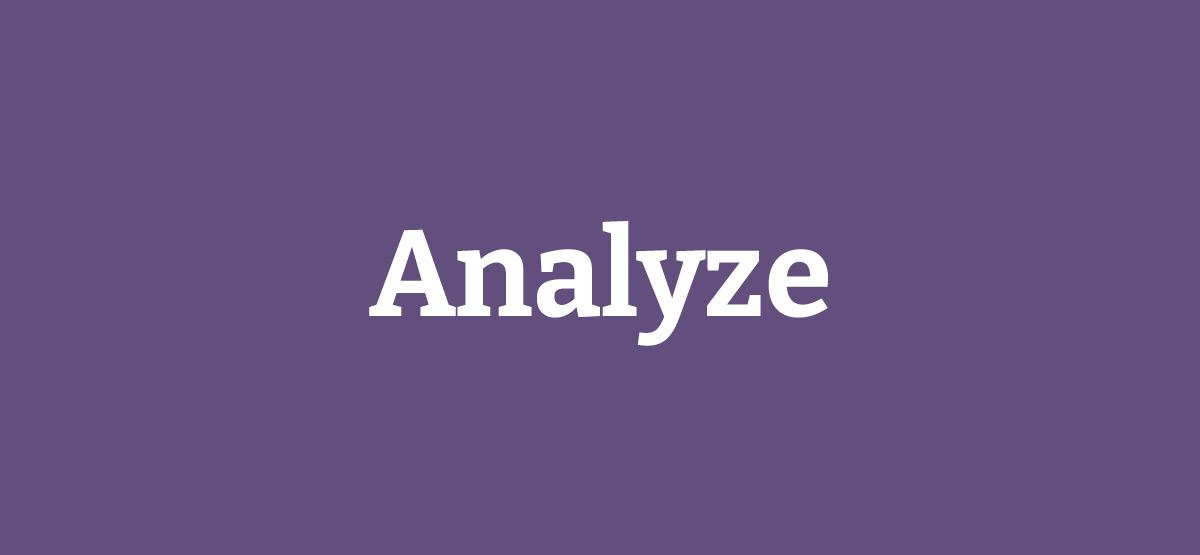Looking Glass 2022
Lens three: Realizing the potential of platforms
Platform building is core to modern business strategy - yet also an area that’s fraught with ambiguities. Even within a business, views on what a platform is and the purpose it’s designed to serve can vary widely. The result is that for all the excitement around platforms, many organizations are disappointed in the results they get from their platform investments. This stems not just from the inherent difficulty of doing platform building well but often from fundamental misalignment on the kind of value the platform is designed to achieve. As platform failures mount we see a new focus on resolving the uncertainties around platforms and connecting platform building to clearly defined business goals.
Through the Looking Glass
Recognizing that they’re increasingly critical to competing in the digital economy and getting assets into production faster, most organizations have embarked on platform-building initiatives of some description, usually starting with technology or infrastructure. However research and our own observations demonstrate many of these efforts are ultimately unsuccessful. Not surprisingly there’s a lot of disillusionment surrounding platforms as a result and organizations are asking themselves how they can achieve the benefits platforms seem to promise.
A successful platform approach depends on nailing down definitions. Platforms can drive various kinds of value and misunderstanding or misalignment among stakeholders regarding these will lead to subpar or wasted efforts. For example, if the goal of the platform is to extend the business’s capabilities, little will be derived from a developer-focused infrastructure platform, even though this is an important foundation for building everything else.
When planning a platform it’s important to not just put business value squarely in the frame but also to define precisely what kind of value you’re trying to achieve and how it will be measured — and to ensure all key stakeholders understand and share these goals. Any uncertainties in platform building will weigh on performance and frustrate those who green-light such projects. We anticipate a shift from developing ‘platforms for platforms’ sake,’ towards platform building with a laser focus on specific outcomes.
Signals include:
‘Platform-enabled’ businesses bringing new services and value to their customers faster than competitors — and sparking ‘platform envy’ as a result. The pandemic has highlighted the gulf between businesses with a robust, production-ready platform and those lacking practical platform capabilities, with some companies struggling and others (like Spotify with its recent shift to original content) adeptly pivoting in response to changing conditions. It’s important to bear in mind these successes do not mean the platform-enabled business model should be the end-goal for every business, or even for every platform-building initiative. Sometimes, just putting more resilient infrastructure in place is more important
More organizations feeling dissatisfied with their platform building efforts. Platform initiatives that are seen as unsuccessful can lead to disjointed or competing efforts within a company, or even software being built outside the ‘official’ platform, as more people attempt to take matters into their own hands
Cloud vendors packaging offerings and providing consulting services to help customers create platforms efficiently and in a way that reduces time to recognizable value
The opportunity
By understanding there are various platform paths to pursue, then agreeing on what they’re specifically building and how that advances their overall strategy, businesses can be confident their platform investments will enable them to explore new opportunities and deliver financial, operational or other benefits. Broadly speaking, there are three distinct types of platform commonly in development today:
Developer-focused infrastructure platforms that provide a ’paved road‘ to production, increasing technical quality, improving time to market and mitigating risk through a common, validated approach to security and compliance
Business capability platforms that accelerate new product development by providing a set of APIs (application programming interfaces) that capture existing business capabilities, making it easier to mobilize and combine these to create new products in response to customer demands, or to repurpose existing value in new ways. These platforms help an organization directly target outcomes like customer engagement and satisfaction and ultimately revenue
Platform business models where a company creates value by facilitating interactions among consumers, peers and service providers, with all participants benefiting from a ‘flywheel’ effect as the platform grows and scales
Platform business models tend to hog the spotlight but most organizations really need a business capability platform, which will typically be built on top of an infrastructure platform. Separating these concepts — and their consumers — and creating clear measures of success for each are critical steps on a rewarding platform journey.


What we’ve seen
Trends to watch: Top three
Adopt
Cloud portability. The ability to shift applications and data to new cloud computing environments quickly and relatively effortlessly will give organizations more freedom to choose providers with expertise or solutions that serve dedicated platform needs
Analyze
Digital ecosystems. Disparate participants, systems and even organizations that cooperate, collaborate, and compete to create an emergent ecosystem where the whole is greater than the sum of the parts. Examples include the travel industry, online marketplaces, and new “super apps” such as Gojek and WeChat.
Anticipate
Re-decentralization. The Internet and the World Wide Web were designed to be robust in the face of failure, but today a small number of companies — Amazon, Google, Facebook and others — host 75% of web traffic. Outages and security breaches now have a much greater impact due to this centralization. With the rise of blockchain and other distributed technologies we may see a return to a more decentralized ’net.
Trends to watch: The complete matrix

Technologies that are here today and are being leveraged within the industry
- Industrial IoT platforms
- Evolutionary architectures
- Edge computing
- Polycloud
- ML platforms
- Decentralized security
- Automated compliance
- Smart systems and ecosystems
- Green clouds
- Cloud portability

Technologies that are beginning to gain traction, depending on industry and use-case
- Smart energy management systems
- Managed services and disposable solutions
- Connected homes
- Smart contracts
- Decentralized data platforms
- Digital ecosystems
- Platform business

Still lacking in maturity, these technologies could have an impact in a few years
- Growing industry-wide open standards
- Ubiquitous connectivity
- Satellite networks
- AI marketplaces
- Collaboration ecosystems
- Autonomous robots
- Smart cities
Advice for adopters
Before embarking on platform-building, get all stakeholders in the room and on board. Ensure before the actual ‘building’ begins that key decision-makers agree on what’s being created when you use the word ‘platform’ and set out the specific goals and outcomes the platform is designed to serve. Pay particular attention to the needs of the end-consumers of the platform and what you’re trying to accelerate for them.
Understand and be sensitive to the ‘cognitive load’ of your technology teams. Technologists will inevitably bear much of the pressure from any platform building and may be preoccupied grappling with the mechanics, leaving little time or capacity to consider the project’s end-goals. Ensuring projects are focused with minimal overreach and running regular check-ins can help ensure tech teams stay on track and don’t lose sight of how platform performance will ultimately be measured.
- Pursue platforms in stages and remember it’s a journey, not a race. Rather than instantly looking to build the kind of platform that enables revolutionary change, businesses should remember transformation doesn’t happen overnight and that the best platform strategies are often iterative. Focusing on getting the infrastructure right first can provide a solid basis for the organization to get more adventurous with its platform strategies and construct platforms that contribute genuine innovations.
By 2023, businesses will…
… understand simply building a platform isn’t necessarily enough to achieve their ambitions and that developing a strategy that clearly sets out how the platform connects to the organization’s immediate and long-term priorities is just as critical as technology to peak performance.
















